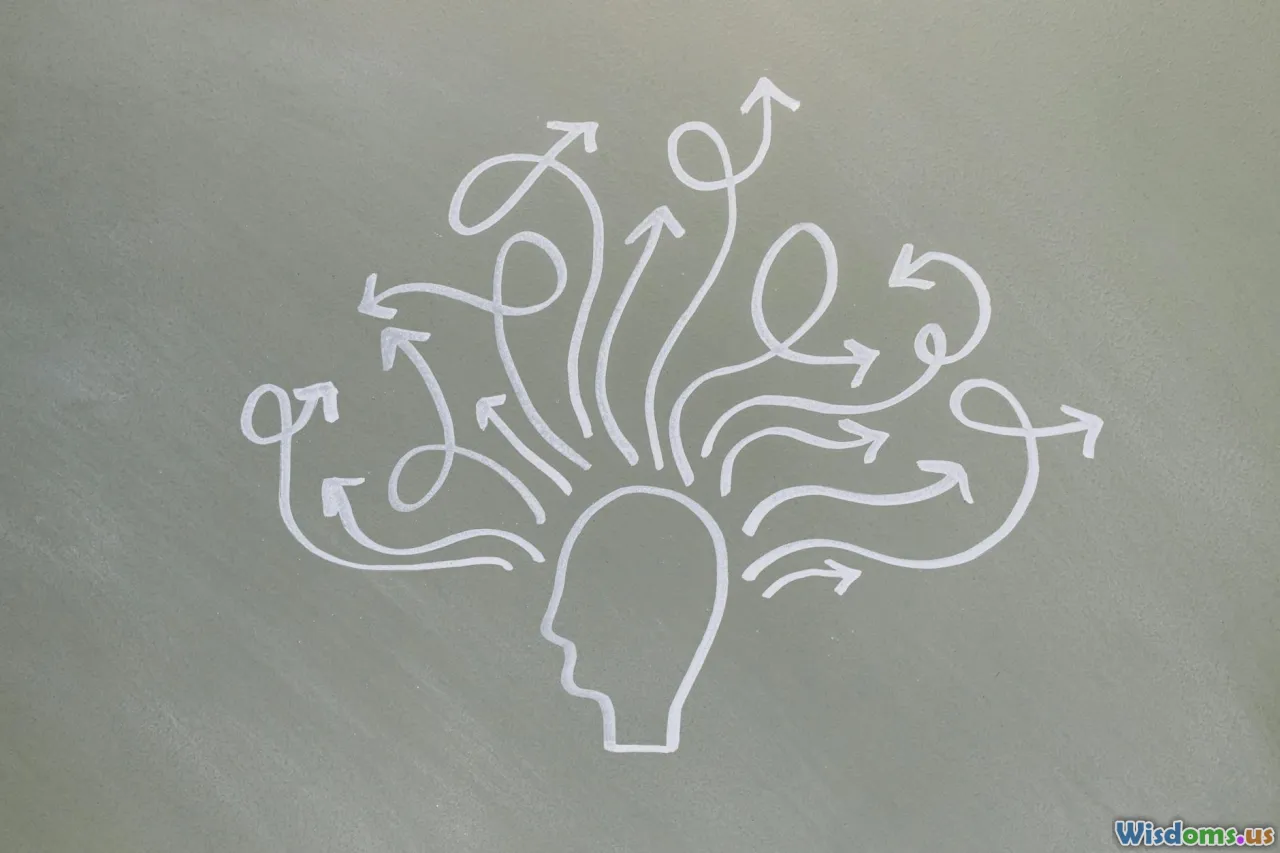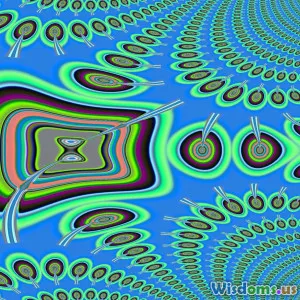
Why Your Dreams May Reveal Hidden Creative Talents
10 min read Explore how your dreams can unlock surprising creative talents hidden deep within your subconscious mind. (0 Reviews)
Why Your Dreams May Reveal Hidden Creative Talents
Introduction
Every night, our brain embarks on a unique journey, unlocking windows into a world unconstrained by waking logic: our dreams. While many consider dreams as mere mental noise or fleeting fantasies, modern research and countless anecdotes suggest a much deeper role. Dreams can reveal untapped creative potential buried within the subconscious—a secret reservoir of artistic brilliance and innovative thinking waiting to be mined.
Artists, scientists, and innovators throughout history have credited dreams for breakthroughs and creative insights. But how do our dreams serve as a beacon for creativity? And can you actively cultivate this connection to awaken hidden creative talents? This article navigates the fascinating interface between dreams and creativity, combining neuroscience, psychology, and real-world examples. Let's dive into how your nightly visions might be the key to unlocking your latent talents.
The Science of Dreams and Creativity
Dreams as a Window to the Subconscious
Sigmund Freud famously described dreams as "the royal road to the unconscious." According to Freudian psychology, dreams provide symbolic manifestations of desires, fears, and internal conflicts suppressed in waking life. Later psychological theories have expanded upon this—suggesting that dreams integrate and process emotions and memories, and can trigger novel connections between ideas.
Neuroscience further supports these notions. During REM (Rapid Eye Movement) sleep—the phase most associated with vivid dreaming—brain activity resembles wakefulness but with significant differences. The prefrontal cortex, responsible for critical reasoning and judgment, is less active, while the limbic system, involved in emotion and memory, is highly engaged. This unusual state allows blending ideas unconstrained by logical filters, fostering novel associations that underpin creativity.
A 2011 study published in "Sleep" showed that people trained to recognize patterns showed improved problem solving after dreaming related to those problems. This connection between dreams and unconscious problem-solving suggests the brain is creatively working even during sleep.
Creativity Defined: Beyond Artistic Expression
Creativity is not just about painting or composing music. Cognitive scientists describe it as the ability to produce original ideas that are both novel and useful. Whether in science, engineering, literature, or design, creativity involves making new connections between disparate ideas—exactly the type of activity flourishing in the dreaming brain.
The hypnagogic state, the transitional phase to sleep, and dreaming can lead to sudden “aha!" moments as demonstrated by many inventors and artists.
Historical and Real-World Examples Linking Dreams to Creativity
Famous Dreams that Inspired Breakthroughs
-
Dmitri Mendeleev’s Periodic Table: The Russian chemist famously dreamt the arrangement of elements, helping him organize the periodic table logically before discovering gaps yet to be filled.
-
Mary Shelley’s "Frankenstein": The entire novel reportedly came as a vivid nightmare, inspiring the Gothic masterpiece from a dusk-to-dawn dream narrative.
-
Paul McCartney’s "Yesterday": The melody came into McCartney’s mind during a dream; on waking, he quickly wrote down the tune that would become one of the most recorded songs ever.
-
Einstein’s Theory of Relativity: Some accounts mention that Einstein used vivid thought experiments akin to dreamlike visualizations to conceive complex constructs about space and time.
Modern Day Insights from Neuroscience and Psychology
Neuroscientist Deirdre Barrett, author of "The Committee of Sleep," collected surveys from artists, scientists, and inventors describing how sleep and dreams helped solve problems or unleash new ideas. Often, participants found that dreams provided direct inspiration or symbolic hints guiding their creative process.
A study from the University of California found that participants who took naps with REM sleep performed better on creative problem-solving tasks than those who napped without REM or stayed awake.
Natural dream incubation—consciously thinking about a problem before sleep—can steer dream content towards creative breakthroughs.
How Dreams Reveal Hidden Creative Talents
1. Dream Imagery Unlocks Visual and Artistic Thinking
Dreams often conjure surreal, fluid, and symbolic imagery beyond conscious creation. Artists can tap into these vivid scenes to inspire paintings, sculptures, or digital art. For example, the Cubist painter Pablo Picasso reportedly found dream images influential in his experimentation with form and perspective.
Keeping a dream journal and sketching symbolic elements immediately upon waking helps capture this raw material before it fades.
2. Dreams Foster Creative Problem Solving
Since dreams loosen the logical constraints of the waking brain, they often present unconventional solutions to logical problems. This shift allows your mind to approach challenges with flexibility and inventiveness.
Writer and psychologist Robert Waggoner explains that lucid dreaming—being aware you are dreaming—can be a platform for actively experimenting with ideas and practicing creative skills in a consequence-free environment.
3. Emotional Underpinnings Fuel Artistic Expression
Dreams link us with raw and unfiltered emotions which are a deep wellspring for empathy, passion, and expressiveness in art and storytelling. Many writers use dreams as a conduit to explore complex emotional landscapes.
For instance, surrealist artists like Salvador Dalí used dreams to unlock subconscious feelings and produce evocative, emotive art.
4. Communication with the Subconscious Mind
Some psychologists conceptualize dreams as a dialogue with the subconscious, surfacing parts of the psyche that harbor talents or interests suppressed by waking restrictions or self-doubt.
Regular engagement with dreams through mindful reflection, journaling, or therapy can illuminate latent talents related to music, writing, design, or innovation.
How You Can Harness Your Dreams to Unlock Creative Talents
Step 1: Start a Dream Journal
Immediately record dreams upon waking—even fragments or feelings matter. Over time, patterns and recurring motifs emerge, which can be rich creative fodder.
Step 2: Practice Dream Incubation
Before sleeping, focus on a creative challenge or question you wish to explore. This primes your dreams to provide insights related to that focus area.
Step 3: Try Lucid Dreaming
Train yourself to become aware during dreams. This heightened consciousness allows intentional creativity exercises, like painting, composing music, or writing within the dream itself.
Apps, meditation, and reality checks can increasingly develop this skill.
Step 4: Reflect and Integrate
Use waking hours to reflect on your dreams' symbolism and apply emerging ideas into your creative work. Collaboration with therapists, creative coaches, or workshops that focus on dreams can amplify this process.
Conclusion
Dreams are more than nocturnal narratives—they are intrinsic creatively charged experiences illuminating hidden talents waiting beneath the surface. Our sleeping minds circumvent everyday logic, relax criticism, and forge daring new connections, environments where innovation and artistry are born.
Real-world examples from Mendeleev to McCartney prove that dreams can inspire profound breakthroughs. Supported by neuroscience and psychology, it’s clear that actively engaging with dream content can awaken and cultivate creative capacities.
By adopting practices such as journaling, incubation, and lucid dreaming, anyone can tap into this mysterious, fruitful wellspring of creativity. So tonight, as you close your eyes, remember: your dreams could be whispering the secrets of your hidden genius—if you listen closely.
Unlock the power of your dreams, and you might discover creative talents you never knew existed.
“Dreams are the touchstones of our character.” — Henry David Thoreau
Rate the Post
User Reviews
Popular Posts


















